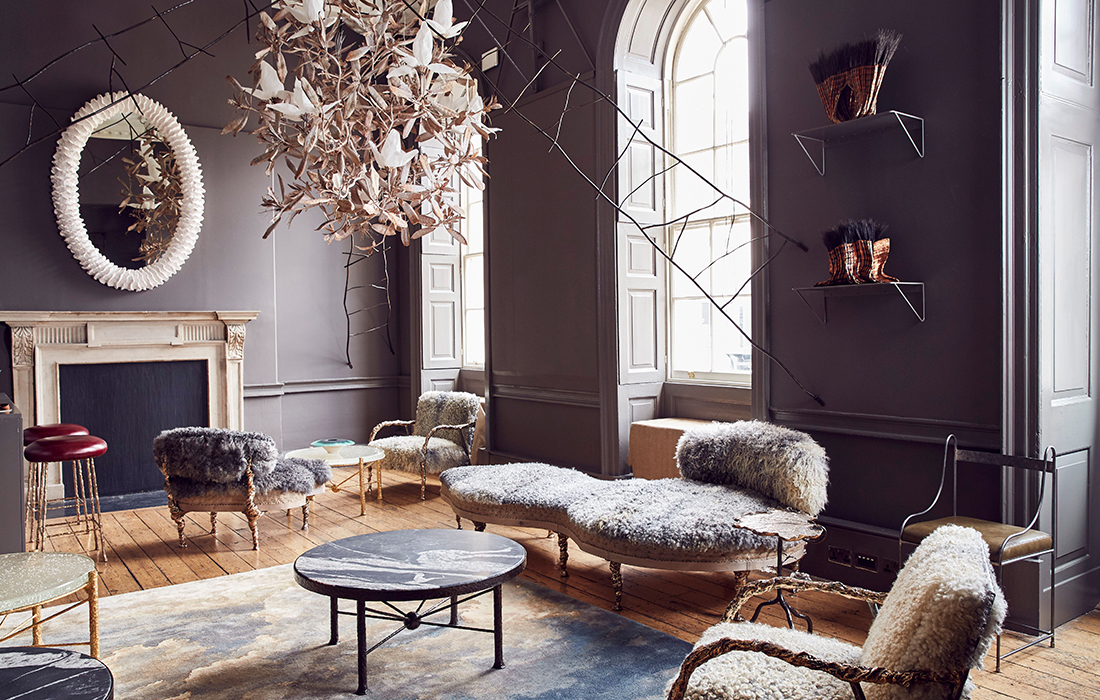
Cox London VIP lounge at Crafts Council's Collect 2020
Photo: Alun Callender
Societal trends have produced a fertile market for British crafts
The growth of online sales has expanded the craft market and provided more opportunities for disabled people, but fears are growing over the impact of Brexit, rising costs and competition forcing prices down.
The strength and growth of interest in British craft indicates the maturing of the market, according to a new landmark report analysing the market for craft, and how this has changed over more than a ...
Subscribe to read more
Get unlimited access to the latest news, features and opinion from the arts, culture and heritage sectors
Already subscribed? Log in
Usually have access through your university?
Join the Discussion
You must be logged in to post a comment.